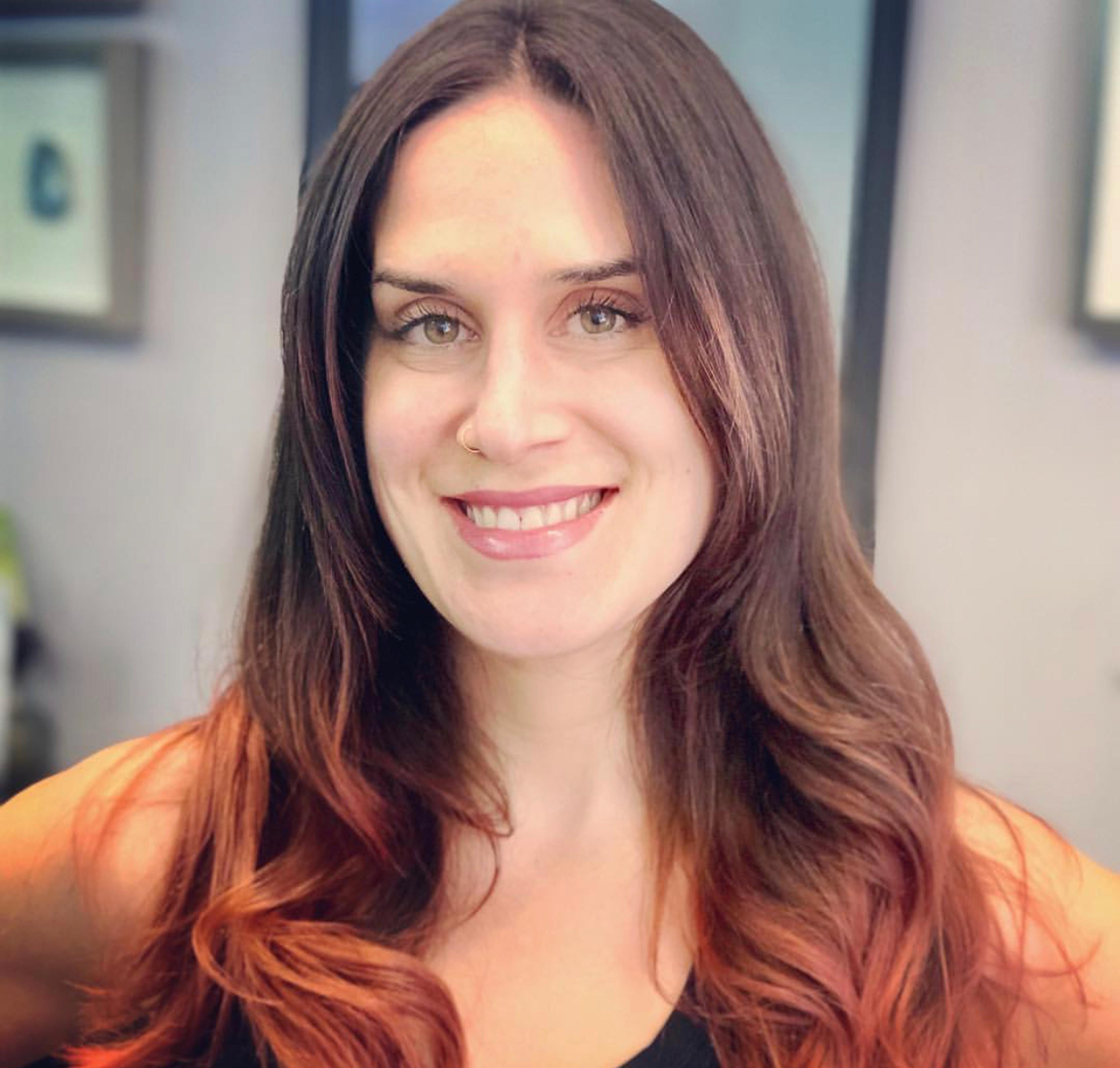
Past research has indicated that LGBTQIA+ community members may be more likely to develop eating disorders than their heterosexual counterparts. For example, as the National Association of Anorexia Nervosa and Associated Disorders (ANAD) reports, “gay men are seven times more likely to report binge-eating and twelve times more likely to report purging than heterosexual men, and gay and bisexual boys are significantly more likely to fast, vomit, or take laxatives or diet pills to control their weight.”
According to the National Eating Disorders Association (NEDA), those who identify as LGBTQIA+ often face unique challenges that may put them at an increased risk of developing an eating disorder. And according to research, gay, lesbian, and bisexual teens may be at a higher risk of binge-eating and purging than their heterosexual peers starting as young as 12-years-old.
What are the unique challenges LGBTQIA+ members face?
We know that eating disorders are highly complex and nuanced brain disorders and that there is no single cause of anorexia, bulimia, binge eating disorder, or any other form of ED. But it’s also known that certain factors (like having a close family member with an eating disorder, having perfectionistic tendencies, experiencing weight stigma, etc.) can make it more likely for someone to develop an eating disorder. Certain factors—like discrimination, trauma, and other obstacles that are commonly experienced in LGBTQIA+ populations—can also increase the likelihood of developing an eating disorder.
“We know that sex and gender minorities experience disproportionate adverse mental health outcomes – including eating disorders – compared to non-LGBTQ individuals,” says Jonathan Avila, MD, an adolescent medicine physician and clinical assistant professor at Stanford University, where he is an attending physician in both the gender clinic and the eating disorders clinic. “This health disparity is multifactorial, but lack of physician’s knowledge, comfort, or clinical competence plays a major role.”
When it comes to the LGBTQIA+ community, there are certain obstacles and challenges that they may be more likely to face than their cisgender and/or heterosexual counterparts, making them more vulnerable to developing an ED. Here are just a few to consider:
- A fear of or actualization of rejection by family and friends for identifying as an LGBTQIA+ person
- Past trauma or post-traumatic stress disorder (PTSD), which is known to significantly increase the likelihood of developing an eating disorder
- Internalized negative beliefs about what it means to identify with a specific sexual orientation, gender, experience, etc.
- Potential discrimination in social or professional circles
- Feeling unable to meet certain body image ideals promoted within LGBTQIA+ communities
There are many more potential issues to consider that could impact an LGBTQIA+ person’s vulnerability to develop an eating disorder. Maris Degener, Equip’s lead peer mentor, says her experience of growing into her identity was complicated. “As a queer person, I've often struggled to articulate the ways in which this facet of who I am intersects with my experiences with an eating disorder,” she says. “And to be honest, even today, I sometimes struggle to speak about it.”
Degener says that for her, feelings of inadequacy spurred some of the struggle and lack of acceptance she felt. “Perhaps in some ways, I see the tape that was playing in my mind of not being enough echoed in these messages I received from the world around me,” she says. “And even as the dust began to settle, and I began to heal from the eating disorder, I did not have tools at my fingertips to better understand this part of my story.”
Degener has written about the experience of discovering her sexuality, and the obstacles she faced along the way, and says the opportunity to help others in similar situations inspired her to embrace her own identity as she grew into it. “I was motivated to recover in large part to help others,” she says. “I wasn't sure exactly what that meant or what it would look like, but I knew that as hard as this journey was, I felt that I had an ability to make it the tiniest bit easier for someone else — even if that meant feeling just a little bit less alone. And I wondered, as I began to feel more able to embrace my identity as a queer person, that perhaps part of my story could act in the slightest way against the messages of not enough that echo through many communities.”
“I cannot, and would never try to, speak for the entirety of the LGBTQIA+ community,” Degener says. “I can only speak through my own voice and experiences. And I would be remiss if I did not highlight the fact that this community is profoundly affected by eating disorders. As we remember and honor that Pride Month was born from the activism and efforts of queer people of color, we must acknowledge who is still tragically left out of eating disorder healing spaces.”
The challenges extend to the treatment arena
There’s another major factor at play in the diagnosis and treatment of kids and teens—the overarching lack of proper and specific training in identification and treatment of eating disorders among adolescents. “So many pediatricians graduate their residency without feeling comfortable talking about weight in general with their patients or comfortable identifying people at risk for an eating disorder, or when to be concerned a patient may have an eating disorder,” Avila says.
The lack of education about eating disorders and weight bias amongst medical providers creates difficulty for people with eating disorders to be screened and to access appropriate care. Coupled with lack of provider education in gender-affirming care, a lack of understanding about health disparities, and a legal climate that may put stipulations on healthcare utilization, seeking eating disorder care for LGBTQIA+ people is fraught with barriers. This often leads to under-detection of eating disorders and, once an LGBTQIA+ person accesses care, typically more severe symptoms compared to cisgender heterosexual peers.
Social stigma, lack of acceptance, and increased rates of trauma may place LGBTQIA+ individuals at higher risk for depression and anxiety. “Emotional dysregulation is not uncommon — especially in adolescents who are still maturing and may not have developed healthy coping mechanisms,” Avila says.
There are countless coping mechanisms that people struggling with their mental health may come to rely on, and emotional eating has been identified as one major one. But Avila says it’s important to keep in mind that eating disorders—just like people—are highly variable and diverse, and there’s no way to identify an ED based on a single coping mechanism, an arbitrary weight criteria, or any other standalone behavior or descriptor.
“We have to be careful overgeneralizing all sex and gender minorities when talking about eating disorders as all people are affected differently,” Avila says. There may be different motivating factors for using eating disorder behaviors from person to person. Additionally, research shows that gender role is more predictive of eating disorder behaviors than sex assigned at birth, which has unfortunately been erroneously viewed as a deciding factor. Common predictors for eating disorder behavior in LGBTQIA+ people include rigid appearance ideals, minority stress, increased rates of food insecurity, and increased rates of trauma. Similarly, protective factors —or what we refer to as resilience factors—vary greatly and can be heavily influenced by access to resources and social support which may look different for a Black trans person living in a rural area and a white lesbian woman living in an urban area.
The nuances of specific communities within the LGBTQIA+ sphere
When considering the specific challenges LGBTQIA+ community members face in the landscape of eating disorders, it’s also important to keep in mind that disordered eating behaviors (like binge eating or restriction) are not necessarily the same thing as having an eating disorder, but these behaviors are risk factors for developing an ED.
“Among cisgender gay men, several studies have reported a higher rate of body dissatisfaction compared to cisgender heterosexual men,” Avila says. “Body image is so emphasized in the gay community, that gay men are placed into groups depending on their body type or key physical characteristics: bears, cubs, otters, jocks, twinks, etc. Gay dating apps and websites often ask the user to choose their ‘group’ in the user’s characteristics or profile. Obviously this emphasis on body image places gay men at higher risk for body dissatisfaction and engagement in disordered eating behaviors to manipulate their weight and body shape.”
Despite those very real, documented challenges and the heightened risk this may pose, gay men are not specifically screened for eating disorders. “It’s only in the past three years, for instance, that we’re starting to see published studies on using and validating eating disorder screening tools in gay men,” Avila says. “Some behaviors have also been normalized for men in general, making it harder for persons or providers to identify disordered behavior. For example, the desire for having a muscular physique among men—whether hetero or gay—has been so normalized if not outright praised, it is often not questioned whether the behaviors that stem from that desire are within healthy parameters, or whether it’s associated with a negative body image, or with an eating disorder.”
Avila says that the lack of literacy in the medical field is contributing to the problem and leaving many men without the tools and resources to get proper psychological support when they need it. “Even though we know that muscle dysmorphia (the psychological disorder associated with an obsessive or compulsive desire for a muscular or lean physique) is a major driver for anorexia nervosa in males, many primary care providers are not familiar with muscle dysmorphic disorder or with assessing for this condition.”
Key strategies to improve outcomes for LGBTQIA+ community members
There are many factors to consider when evaluating the landscape of eating disorders in the LGBTQIA+ community. A focus on continued improvement in the ED treatment field may be one of the biggest keys to better future outcomes:
- Improve training for ED providers in treating LGBTQIA+ communities
- Create safer spaces for LGBTQIA+ folks to increase utilization of ED treatment
- Initiating more expansive, comprehensive, honest dialogues about how EDs show up in the LGBTQIA+ community
While there is still so much work to be done to improve access to eating disorder care for the LGBTQIA+ community, Degener is hopeful that with more open and honest communication, more healing can start to happen.
“A message that I wish I had heard earlier in my life came from a teacher who once said to me, ‘you are not broken,’” she says. “If there is one message I wish everyone could hear as early in their life as possible, it is this. We can struggle immensely, we can fall ill and need support in healing, we can go through times where we are simply not okay, and through all of it, we are not broken beyond repair. We have inherent worthiness, and embracing ourselves as we are is not the opposite of embracing change. Healing from an eating disorder, or going through any other painfully transformative experience, does not mean we must ‘fix’ ourselves. Because even when we deserve healing, we are already enough.”







